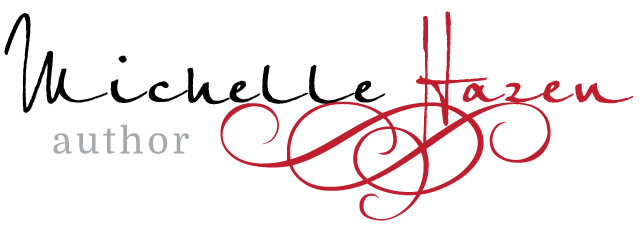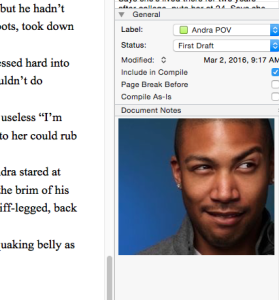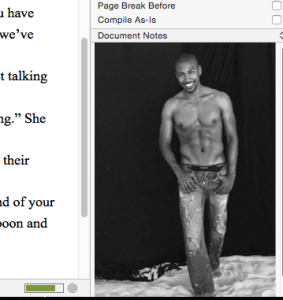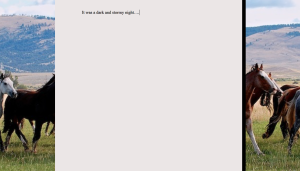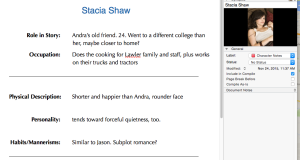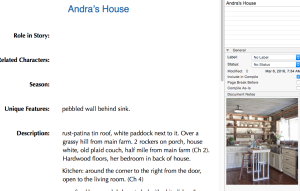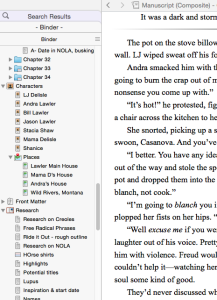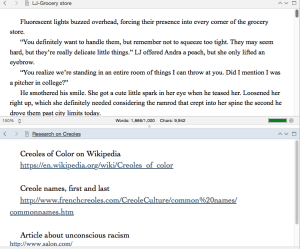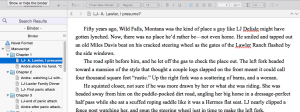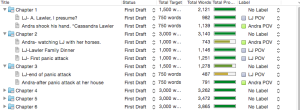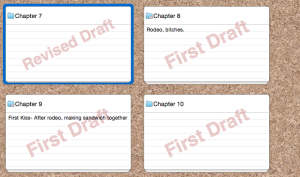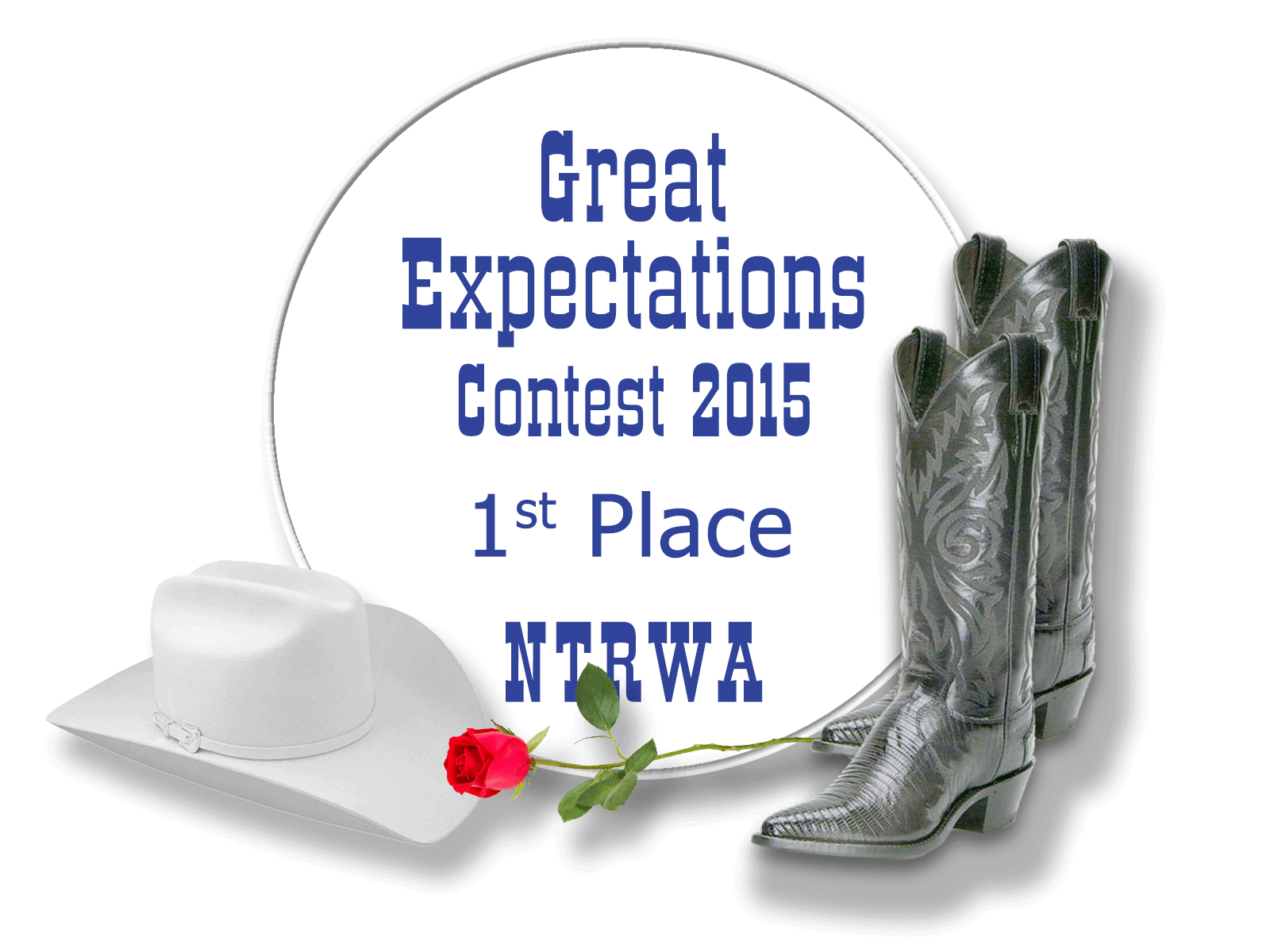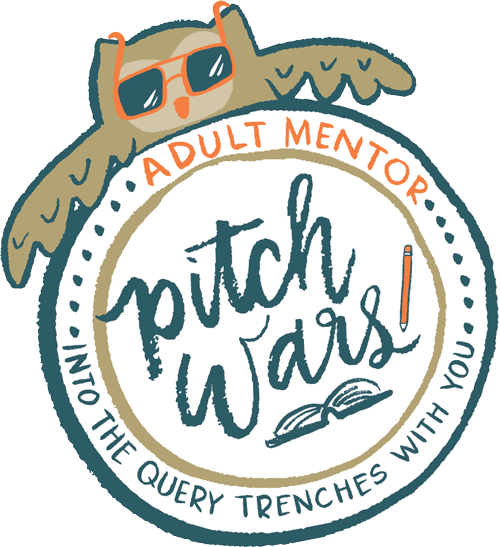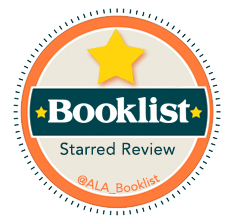Scrivener vs Word for Writers
I’m not a computer girl, but when I discovered Scrivener software for writers, it was like I’d been putting in screws my whole life using a nail file, and somebody finally gave me a drill.
Of course, by “discovered” I mean my CP raved for a year about this program and I ignored her, because much like the book Eat Pray Love, I assumed that anything that trendy and popular must be crap.
Wrong.
First, I’d like to say I’m not getting kickbacks from Scrivener or Word to write this. I do what I want, and what I want is to HELP WRITERS SUCCEED.
I’ve written 16 books in Word, and 1 in Scrivener, and while I’m not a master of all its many bells, whistles, and upgrades, Scrivener kicks Word’s butt on the following issues: Planning, Visuals (swoon!), Organization, and NO DISTRACTION FORMAT. It so knows us, peeps. It knows we want to click over to Pinterest to check out cupcake recipes and blurt on Twitter that we just hit our word count goals for the day, and it freaking KNOWS we don’t remember what color we said the backsplash was in Darla’s kitchen.
Scrivener is like your best friend, because it knows you and it makes you better. Lovingly. Gently. It knows you left your tea in the microwave, and it will build you a conveyor belt from the appliance back to your desk so you don’t have to get up, because it loves you.
Let’s start with the visuals, because my latest book has some smoking hot uh… “inspiration”
VISUALS
If you’re a visual person, Scrivener lets you drag pictures in ALL OVER THE PLACE. Right next to where you’re writing, so you can remember the mood of a character or see their face while you’re writing:
You can put pictures in your research file, or your character or place sheets, to remember what things look like. Before, I storyboarded all this in Pinterest. (Link to my latest WIP hot-guy-extravaganza Pinterest page here. There are also lots of beautiful horse pics in this one). This is loads of fun, but lets all admit that clicking into Pinterest fifty times a day has a very high potential for ab-distraction. Because of the abs. And the distractions. Pinterest has so many of both. Now you can have less distraction, but still keep the abs and inspiration. Hells yes.
Speaking of distractions, one of my favorite features is called…
NO DISTRACTION MODE
It takes you full screen so you’re away from all those tempting other tabs. In many Scrivener modes, you can keep your scene outline at your fingertips, reminder pictures and details, your word count target bar… But in this mode, it simplifies for your eyes so you can focus on MAKING THE WORDS. You can do plain black backdrop, or you can upload a picture. I found this strangely helpful for keeping the “mood” of the writing.
At times, I had hurricane pictures, sexy times biceps pictures, farmhouses on the prairie, colorful New Orleans’ streets…I will admit I may have spent a touch too much time getting distracted by choosing pictures for my no distraction mode. Don’t do this.
Bonus: No Distraction Mode makes it one guilt-ridden click farther to get to anything else but writing, so you’ll stay on track longer.
PLANNING
This is where Scrivener really shines to make you a better writer. They have ready-made character sheets and place sheets with prompts loaded into them. Let’s face it, when you’re writing a series, do you remember what color the dad’s eyes were in Book 2? Do you remember IF you’ve ever said what color the dad’s eyes are? *looks in horror back at three books, one novella and one short story* Before, I kept this info in my chapter by chapter outline, which meant it was ALL OVER THE PLACE. Now, it’s all grouped together for each place or person.
Plus, SCRIVENER KNOWS WHAT YOU NEED. It prompts you to put in each character’s role in the story. What their internal and external conflicts are. If they have any twitches or physical habits like twirling their hair. If someone would have asked me these questions during my first book…well, let’s not talk about that, shall we?
Trust me, if your character’s role in the story is: “I don’t know, they live in the building, so they have to be in the story, right?” you’ll feel like an asshat typing that into your character sheet, so you’ll get rid of unnecessary characters. Similarly, if you have internal conflict but no external, that line of question marks will haunt you until you come up with something. *clears throat* Theoretically. Hypothetically. Speaking for a friend.
It also has sheets for places, and prompts you not just WHAT the place is, but what season it is, what it feels like, what it smells like, what its purpose in the story is. It forces you to have a fully-realized setting for each place before you even start. And now you can remember if the kitchen is in the front of the house or the back, and CRAP you made the table wobble in two houses in two different states. Click over and fix that.
Scrivener also has lots of spots for different research files, all of which are one click away from your ms. It’s much like multi-tabbed browsing instead of having lots of browser windows open. Where before I would have had a file up my Hurricane Katrina research, and another one on French Creole names, and another one on the timelines for training quarter horse colts, now I can click over to what I need and back to my ms in seconds. Plus, I don’t crash my program because I have 13 windows open, because Scrivener KNEW I would need 13 windows open. *mind blown*
Here you can see the sidebar where you can easily click between chapters, place and character sheets, and research files.
You can also write in split screen, so you can SEE your research at the same time as you’re writing it. Or see your last sex scene so you can remember if you’re repeating any of the same positions. Then click over to your Kama Sutra research tab and get some new ideas!
Another helpful planning function is that in a variety of places, Scrivener tracks word count.
You can enter a target for each scene and watch your little bar fill up, going from red to yellow to green as you fulfill your goal. This is great for underwriters, but if you’re an OVER writer like me, what it really needs is a bar that goes red once you go over, and a hand that reaches out and slaps you in the face once you’re 10% past your plan.
It also lays out word count goals vs actual by chapter, scene, and the ms as a whole.
You can use this function to plan word count scene by scene until you realize you’re never going to keep your novel under 100K if you include the scene with the skinny dipping, and the one with painting the old woman’s house, and you really need to trim the lemon cake scene…*weeps*
In addition to research, places, and characters, there’s even a handy spot for deleted scenes so you can use your murdered darlings as extras on your website later when you’re so famous John Green challenges you to race cars against him.
ORGANIZATION
All people’s minds organize information differently. That’s why Scrivener takes your information, and with one click at the top of the page, it can transform it into:
NARRATIVE
OUTLINE MODE
Notice this includes word count targets and actual word counts, whose POV each chapter is in, what draft each chapter is on…you can customize what shows up.
CORKBOARD
This is my favorite, because I’ve always loved that very writerly wall of haphazardly taped up index cards. It’s like a visual of creativity. But if you follow this blog, you know I’m nomadic, so I can’t take my walls with me. For a few months, it’s dry erase marker on the truck windows because index cards would blow away in the desert wind. Or a few days in an Airbnb rental where the landlord doesn’t want tape all over the walls. Or a few weeks in a bus or a plane and…you get the idea. This way, I can take my “wall” with me. You can outline on these and drag the scenes around at will, and click on them to expand each chapter into smaller index cards denoting each scene. Plus, you can mark them with what stage of the process you’re in. First draft, first revision, fourth revision, etc.
Mind you, you don’t have to ENTER your information seventeen times to get all these different formats. Scrivener does it automatically. *buys Scrivener flowers*
Formatting is the area of Scrivener where my CP and I tend to disagree on its functioning. It is easier to format in Microsoft Word, that is true. But once you learn HOW to format Scrivener, it stays as is and you don’t have to mess with it all the time. This can be really great if you are like me and you’re an old school fanfiction writer who CANNOT stand to write in submission-ready format. So in Scrivener, you set your preferences. For me, this means I write in single spacing with spaces between paragraphs because THAT’S HOW FANFIC IS DONE and I can watch my paragraph lengths without the endless scrolling that comes with double spacing. But then when I’m ready to export Scrivener to a Word file, it automatically puts it into manuscript formatting, complete with headers and double spacing.
Scrivener also indulges another of my weird tendencies: I love to write with chapters in separate documents. Then I can look at each one on its own, watch its word count separately, and take my editing in managable bites. However, at a certain point in the process it becomes unwieldy to do this. You may want to scroll through large chunks of ms, or search for how many times you used the word “need” or “cock” or “just”. With Scrivener, each scene is separate, nested within each chapter, but they’re all together in one big happy manuscript family with one click of a button.
See the theme here? With Scrivener, everything is in ONE screen, ONE click away instead of having four programs and three internet tabs open with thirty documents and getting the green screen of death ALL THE TIME, which used to be my life. You get better visuals, better organization, better planning, and a better writing experience. Plus, because it’s so well designed for exactly US, there’s something ephemeral about it that evokes the creative writerly experience. It makes typing on a computer seem like scribbling in a notebook under a big tree, like taping index cards all over your walls and ceiling and husband. Like wadding up a piece of paper and throwing it at a trash can shouting “This will never work” while tearing at your hair.
Scrivener makes you feel like a real writer. And it makes you a better one.
–
–
–
For those who are interested, Scrivener offers a lengthy free trial that does NOT charge your card automatically if you forget to cancel or buy it at the end. Which is good, because that shit is just annoying. It’s $45 to buy and you can find coupons all over the internet, including a 50% for NaNoWriMo.
https://www.literatureandlatte.com/scrivener.php
